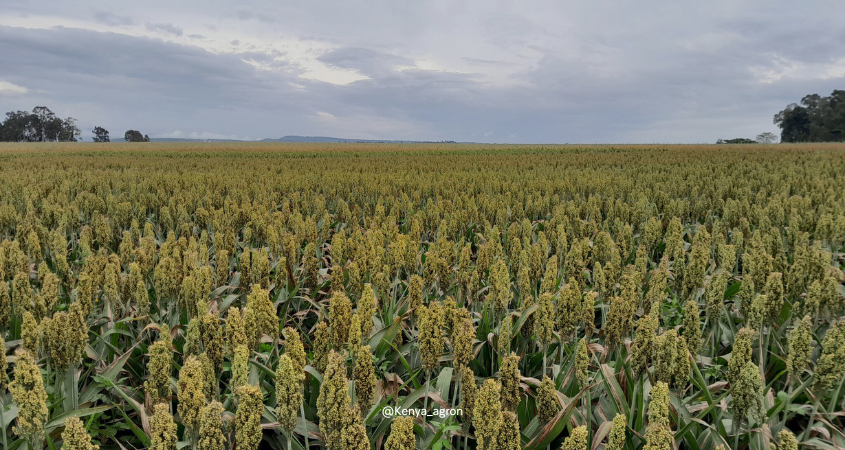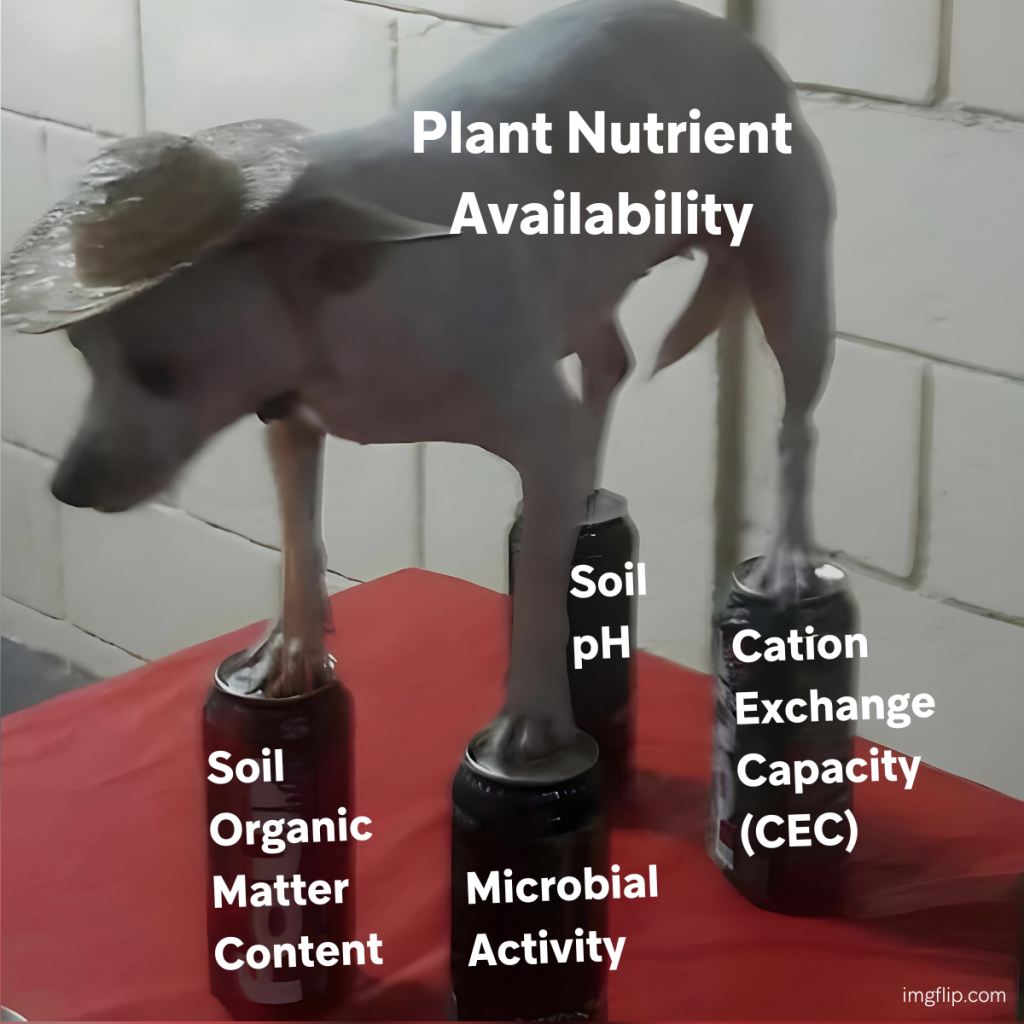
Even when fertilizers are generously applied, plants don’t always get the nutrients they need. Why? Several key soil and environmental factors influence how effectively plants can access and absorb nutrients. These are:
1️⃣ Soil pH
Soil pH determines how easily plants can take up nutrients. Most crops thrive in a pH range of 5.5–7.0, where essential nutrients like nitrogen, phosphorus, and potassium are most available. Outside this range, some nutrients become less available (e.g., phosphorus in acidic soils) or excessively available (e.g., aluminum toxicity in low pH soils).
2️⃣ Cation Exchange Capacity (CEC)
Soil CEC affects how well the soil retains and supplies nutrients. High CEC soils (clay and organic-rich soils) hold more nutrients but may require pH management for optimal nutrient release. Low CEC soils (sandy soils) lose nutrients faster, requiring frequent, targeted fertilization to prevent leaching.
3️⃣ Soil Moisture
Water is a key factor in nutrient transport. Drought conditions limit nutrient movement, making uptake difficult for plant roots. Excessive water can cause leaching, washing away soluble nutrients like nitrogen before plants can use them. Proper irrigation helps maintain a balance for efficient nutrient absorption.

4️⃣ Soil Organic Matter
Organic matter improves soil structure, microbial activity, and nutrient retention. It acts as a slow-release nutrient source and enhances microbial activity, helping to break down nutrients into plant-available forms. Adding compost or cover crops can boost soil organic matter, improving long-term fertility.
5️⃣ Soil Compaction
Compacted soils reduce root penetration and oxygen availability, limiting nutrient uptake. Poor aeration also slows microbial activity, affecting nutrient cycling. Minimizing heavy machinery use and adopting conservation tillage can help improve soil structure and nutrient access.
6️⃣ Microbial Activity
Beneficial soil microbes decompose organic matter, fix nitrogen, and convert nutrients into plant-available forms. Healthy microbial populations improve nutrient availability, especially for phosphorus and nitrogen, which depend on microbial processes for release.
Understanding these factors is key to maximizing nutrient efficiency and crop productivity. At Cropnuts, we offer comprehensive soil analysis to help farmers and agronomists develop data-driven fertilization strategies for improved nutrient use efficiency, reduced input costs, and better yields.
Get in touch with us to optimize your soil fertility program!
Grow more with less
#sustainability #soilhealth #soilscience
Order our services and get to know how to improve your soil for better yeilds.